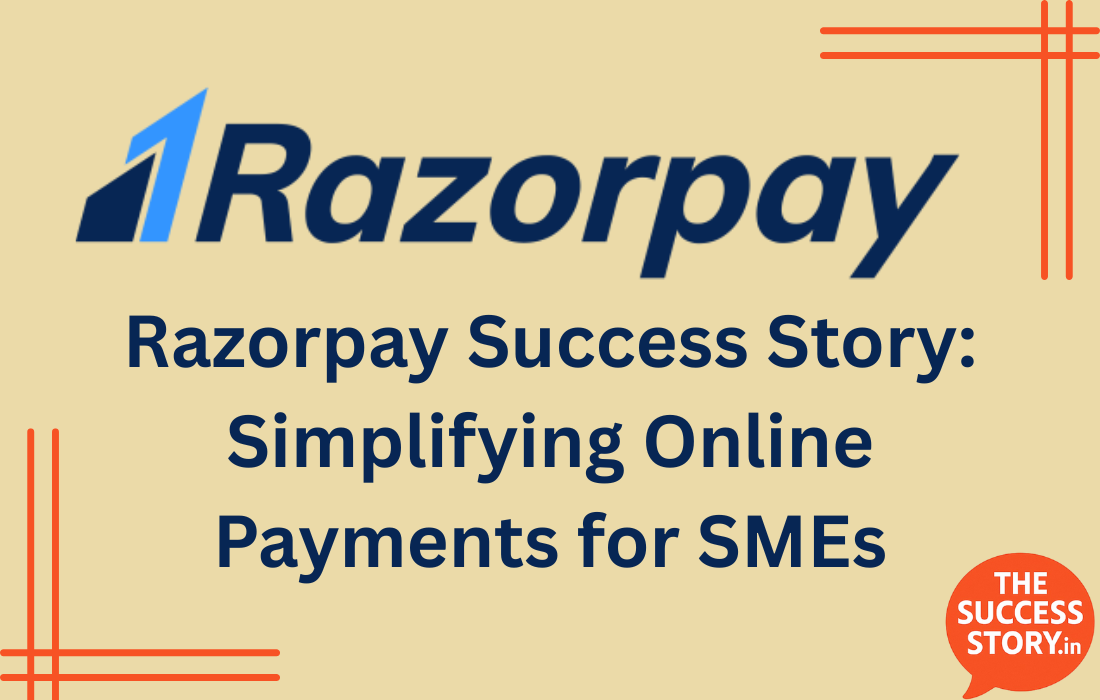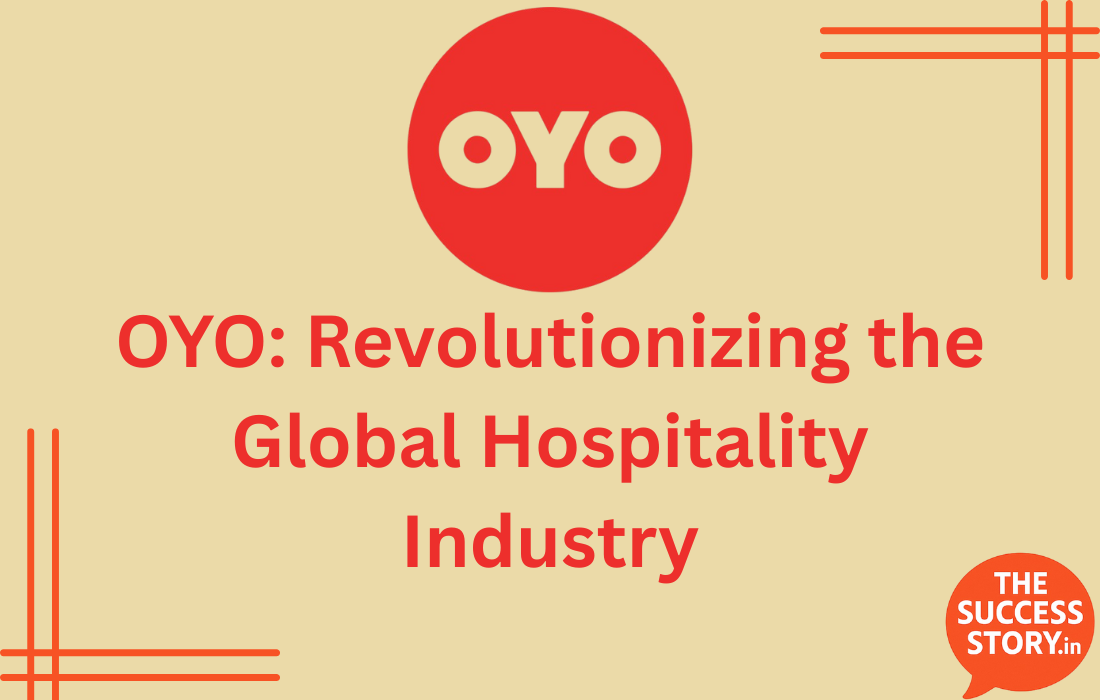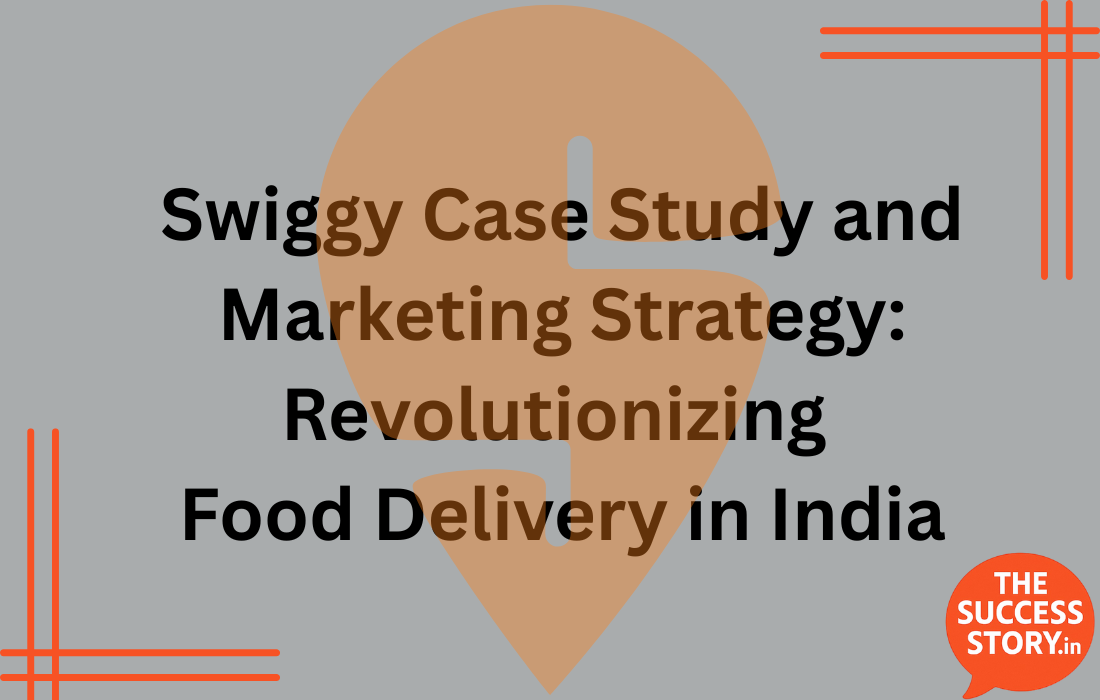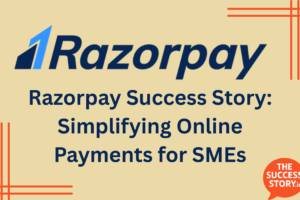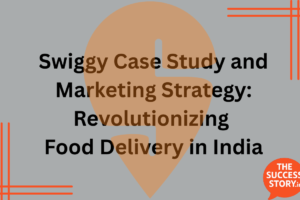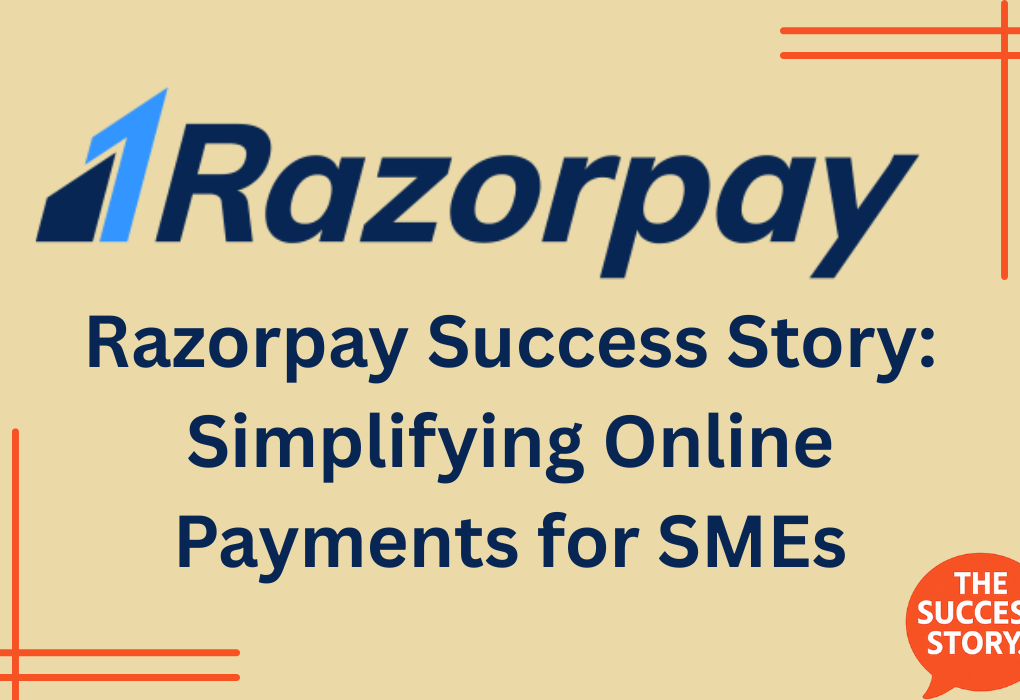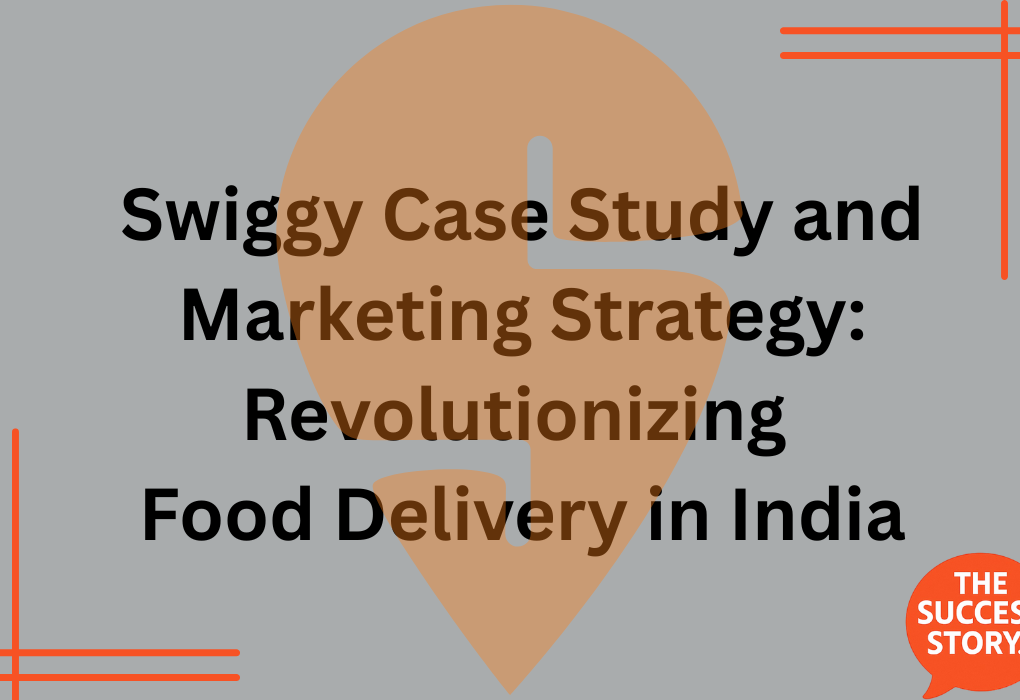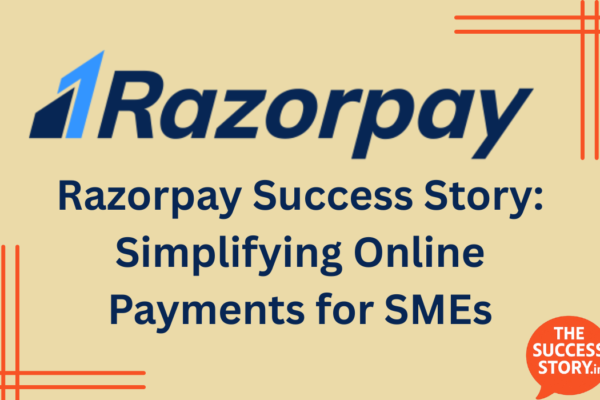

The Inspiring Journey of FOMO: A Refreshing Brand with a Mission
Two Visionary Founders on a Mission FOMO is a brand born out of passion and perseverance. Founded by two resilient 21-year-olds, Gaurang and Avik, the duo combined their love for food and athleticism into a purpose-driven business. As food enthusiasts from Delhi NCR and school-time athletes, they wanted to bring something authentic to the beverage…

Razorpay Success Story: Simplifying Online Payments for SMEs
Introduction to Razorpay Razorpay is a leading fintech company revolutionizing digital payment solutions in India. Founded in 2014 by Shashank Kumar and Harshil Mathur, Razorpay has become a cornerstone for businesses seeking seamless online payment systems. It enables businesses to accept, process, and disburse payments effortlessly, using its advanced suite of tools and APIs. Razorpay’s…

OYO: Revolutionizing the Global Hospitality Industry
The hospitality sector has undergone a remarkable transformation over the years, with OYO leading the charge. From modest beginnings to becoming one of the largest hotel chains in the world, OYO’s journey is a tale of innovation, determination, and disruptive thinking. What is OYO? OYO, short for “On Your Own,” is an international hospitality platform…
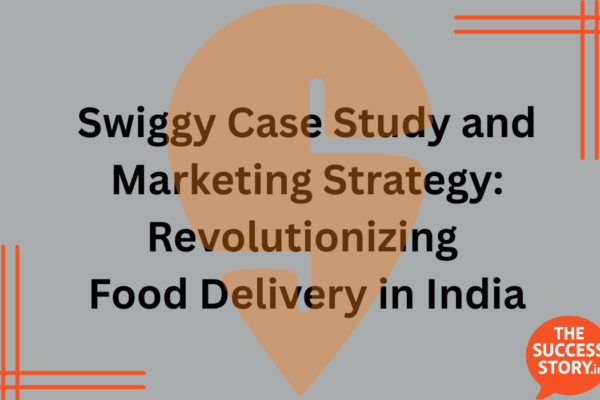
Swiggy Case Study and Marketing Strategy: Revolutionizing Food Delivery in India
A decade ago, few could have predicted the meteoric rise of online food delivery services in India. Among the frontrunners is Swiggy, a platform that has redefined convenience in food ordering and delivery. Launched in 2014, Swiggy has successfully navigated fierce competition, especially from Zomato, to establish itself as the “largest online food ordering and…

Top 10 Food Delivery Apps Similar to GrubHub, Eat24, and Zomato
In today’s fast-paced world, food delivery apps have revolutionized the way we enjoy our meals. Whether you’re binge-watching your favorite show, relaxing with a book, or just lounging with your pet, these apps bring your favorite dishes right to your doorstep. Let’s dive into the top 10 food delivery apps that are redefining convenience and…
Zomato Success Story: How It Became a Leader in Food Delivery
Introduction to Zomato Zomato has become a household name, known for revolutionizing food delivery services in India. Founded in 2008 by Deepinder Goyal and Pankaj Chaddah, Zomato started as a restaurant discovery platform. Over the years, it transformed into a leading player in the food delivery sector, offering quick and reliable service to its users….

Meesho Success Story: The Rise of India’s Leading Reselling Platform
Starting a business from home without significant investment has become a reality today, thanks to innovative platforms like Meesho. Over the past decade, eCommerce has revolutionized how people shop, with online platforms generating billions of dollars in sales worldwide. The pandemic further amplified this trend, pushing many toward building their online businesses. Among the most…

vidit atrey e-commerce through meesho
Meesho Business Model: How Does Meesho Make Money? Introduction to Meesho and Its Unique Approach The rise of online shopping has transformed the way people purchase products. eCommerce platforms like Meesho have not only made online purchasing convenient but also opened new income opportunities for resellers. Meesho, a prominent Indian social eCommerce platform, empowers individuals…


